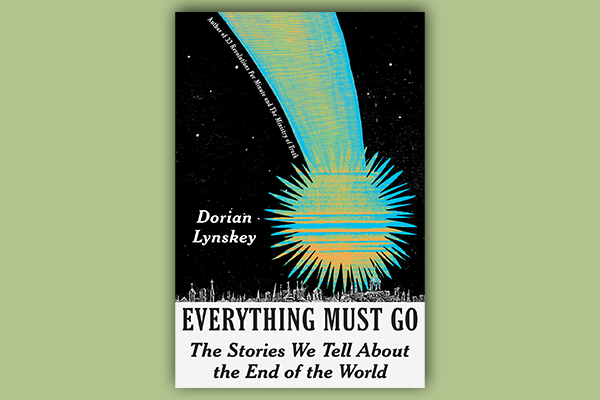I GREW UP heavily steeped in ’90s Christian rapture culture. I’d polished off all 40 books of the Left Behind kids series before I finished 6th grade, and holes formed in the knees of my favorite butterfly jeans because I wore them as often as I could to make sure I was raptured in them.
While the rapture is no longer central to my faith, I never realized how much apocalyptic thinking is soaked into our culture — and how much of it I absorb — until I picked up Dorian Lynskey’s latest book.
In Everything Must Go, Lynskey chronicles humanity’s unending preoccupation with the end, detailing how apocalyptic thinking has pervaded the media and pop culture throughout history, “turn[ing] fear into entertainment.” His book focuses on examples of apocalyptic thinking that “reveal something important ... about the times in which they were created.” Most obviously, apocalyptic imaginings reveal what we’re afraid of. Each era has had a different disaster to fear, be it nuclear, ecological, or cosmological. For millennia, the world has been ending again and again. “There is simply no end of ends,” Lynskey writes.
And some of the most influential end-time tales come from the Bible. From Genesis to Revelation, scripture is full of disaster narratives. “It is the Bible that supplies the primordial tales that surface over and over again in the art, literature, cinema, and television of the West,” Lynskey writes. “The Christian apocalypse is still with us, then, in a range of disguises.”
Read the Full Article

